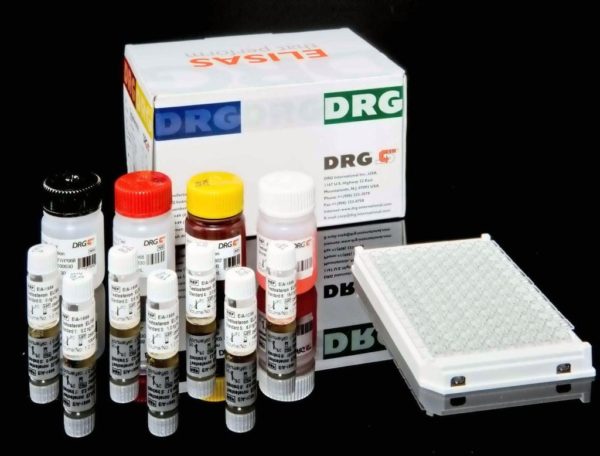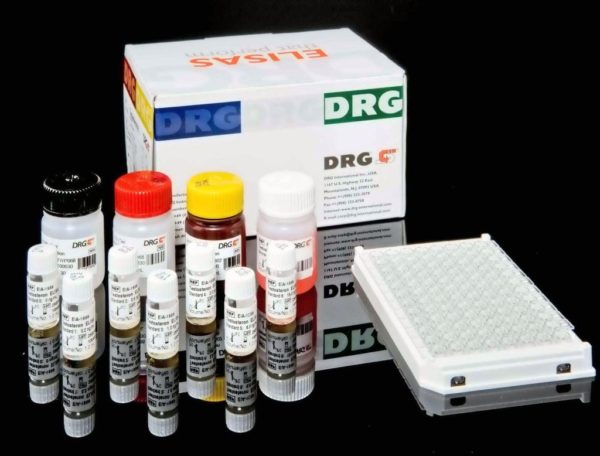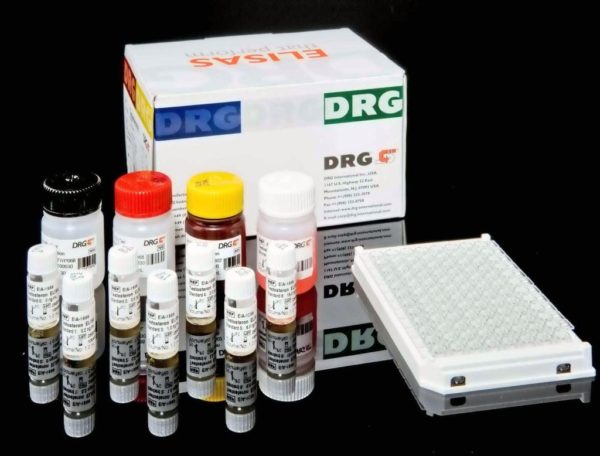Description
The Anti-Zona Pellucida Ig-Classifying ELISA test is a reliable and quantitative test for the determination of immunoglobulin class specific antibodies directed against zona pellucida.
This test is intended for the use with human serum.
Antibodies directed against zona pellucida antigens may cause infertility. The Ig-classifying ELISA is used for the diagnosis of fertility disorders of unknown etiology in women.
The Anti-Zona Pellucida Antibody ELISA Ig-Classifying test is a part in clinical practice for the diagnosis of immunologically caused infertility in women.
The Anti-Zona Pellucida Ig-Classifying ELISA (Enzyme Linked ImmunoSorbent Assay) Ig-Classifying test is a solid-phase sandwich enzyme-immunoassay for the quantitative determination of anti-zona pellucida antibodies in human serum. The ELISA-plate is coated with a mix of ovary proteins which are recognized by anti-zona pellucida antibodies. The samples and controls are pipetted into the wells and then incubated. During this incubation anti-zona pellucida antibodies bind to the antigen and are thus immobilized on the plate. An enzyme conjugate containing antiserum directed against different regions of human immunoglobulins of different classes (IgA, IgG, IgM) and POD binds to the antigen-antibody-complex during the incubation. After removal of the unbound conjugate by washing the horseradish peroxidase oxidizes the then added substrate TMB (3,3Õ,5,5Õ-tetramethylbenzidine) yielding a color reaction which is stopped with 0.25 M sulfuric acid (H2SO4). The extinction is measured at a wavelength of 450 nm with a microplate reader. The use of a reference measurement with a wavelength _550nm is recommended.




